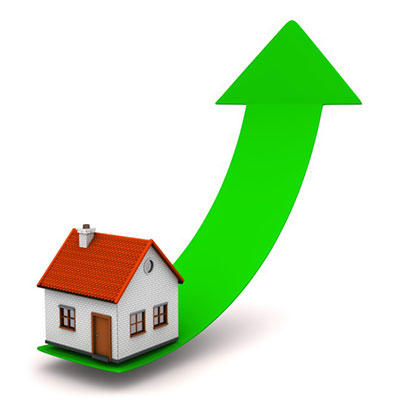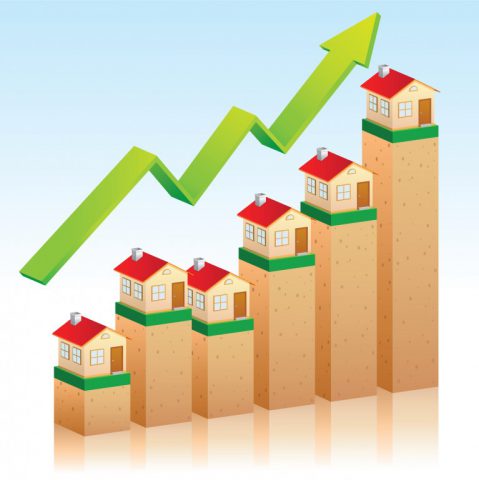With the Euros kicking off last week, online estate agent eMoov.co.uk has taken an alternative look at how the teams match up from a property point of view.
eMoov has compared each team in the tournament based on the cost of living in each country, rather than how good their players are. It has taken the average take home pay after tax, property price per square foot, the cost of monthly utilities and (keeping with the sports theme), the cost of a monthly gym membership in each country.
The analysis began with some good news for England fans, with the country offering the best take home pay after tax across all teams. But that’s as far as it goes for the team, as England is home to the highest property price per square foot, at a huge £10,464. The tournament’s other worst offenders where house prices are concerned are Switzerland (£8,160), Sweden (£5,199) and France (£4,274).
eMoov ranked each team by awarding goals for the following:
- One goal was awarded to the team with the highest take home salary.
- One goal was awarded to the team with the lowest average house price.
- One goal was awarded to the team with the lowest utility cost per month.
- One goal was awarded to the team with the lowest gym membership cost per month.
The results for each group are as follows:
Group A
Despite a substantially lower take home income when compared to France and Switzerland, Albania and Romania top the group with seven points each. Both offer significantly lower property prices per square foot (below £1,000), and Albania’s extremely low cost of living across the board sees them top of the set.

Who Would Win the Euros Based on Property?
France isn’t too far behind Romania where the cost of living (other than property price) is concerned, and despite just one win for the group, the country did enough to secure one of the third place qualification spots.
Although Switzerland offers the best take home income by far, at £3,850, the cost of property per square foot and gym membership are more than double that in France, meaning Switzerland comes out with no points.
Group B
Unfortunately, but predictably, England put in a disappointing performance in the group and fails to make it through, or even score a point. Despite a higher take home income, England is also home to the highest cost of living when compared to the rest of the group.
With two wins and a draw, England’s neighbours Wales tops the group with seven points.
Russia takes second place with five points, doing enough for automatic qualification, while Slovakia claims third place with four points.
Group C
The biggest shock of the tournament is that Germany leaves the Euros without scoring a single point. Despite a higher take home income, Germany’s property price and utilities are considerably higher. However, they lost out by just £0.69 to the next highest team in terms of gym membership, Northern Ireland.
Although they missed out on automatic qualification to Poland, Northern Ireland managed to sneak through as another third place qualifier, with the Ukraine and Poland qualifying with nine and four points respectively.
Group D
Turkey and the Czech Republic automatically qualified for the next stage after scoring points for the lowest utility bills and low property prices.
However, Spain and Croatia both made an early exit. Spain had the second lowest utility costs out of the group, although its high property prices let it down, at £2,107 per square foot.
Group E
Belgium sailed through with ease into the next round, having the lowest property price, gym membership and second lowest utility bill cost of the group. Additionally, although the country’s cost of living is low, its average monthly income is the third highest of the group, making Belgium a firm favourite to win the tournament!
However, it’s not such good news for Italy, which came bottom of the group, if not the entire tournament. Although the country’s property prices, utility bills and gym membership costs are the highest within the group, its average wage is the lowest.
Group F
Austria’s vastly higher property prices and utility costs put them out of the tournament with just one point. Despite a low take home pay, Hungary’s cheaper house price sees them top the group with five points, along with Portugal, which has the lowest utility costs of the set.
Iceland made it through as the final third place qualifier, although, despite a high take home income, they are likely to exit in the next round due to high property prices and gym membership costs.
The founder and CEO of eMoov, Russell Quirk, says: “With another major tournament comes the build up and hype of England’s potential chances, and there is an underlying feeling that this revamped team could go some distance. It’s likely that football’s world powers will prevail again, with the likes of Spain, Germany and France making the final stages, so we thought we would take an alternative look at how the teams match up.
“It’s interesting to see how each team scores when it comes to the cost of living and how they match up with others in the tournament. A higher property price doesn’t necessarily translate to a high cost of living across the board – Sweden has a property price per square foot of over £5,000, but at £60 a month, the utility costs are one of the lowest in the tournament. On the flip side, the take home income in Italy is the lowest in Group E, but the cost of living is very expensive.”
He adds: “It’s unlikely that our research will mirror real life, apart from England’s early exit perhaps, but it will be interesting to see who makes it through from out last 16 to the group stages in a few weeks.”




